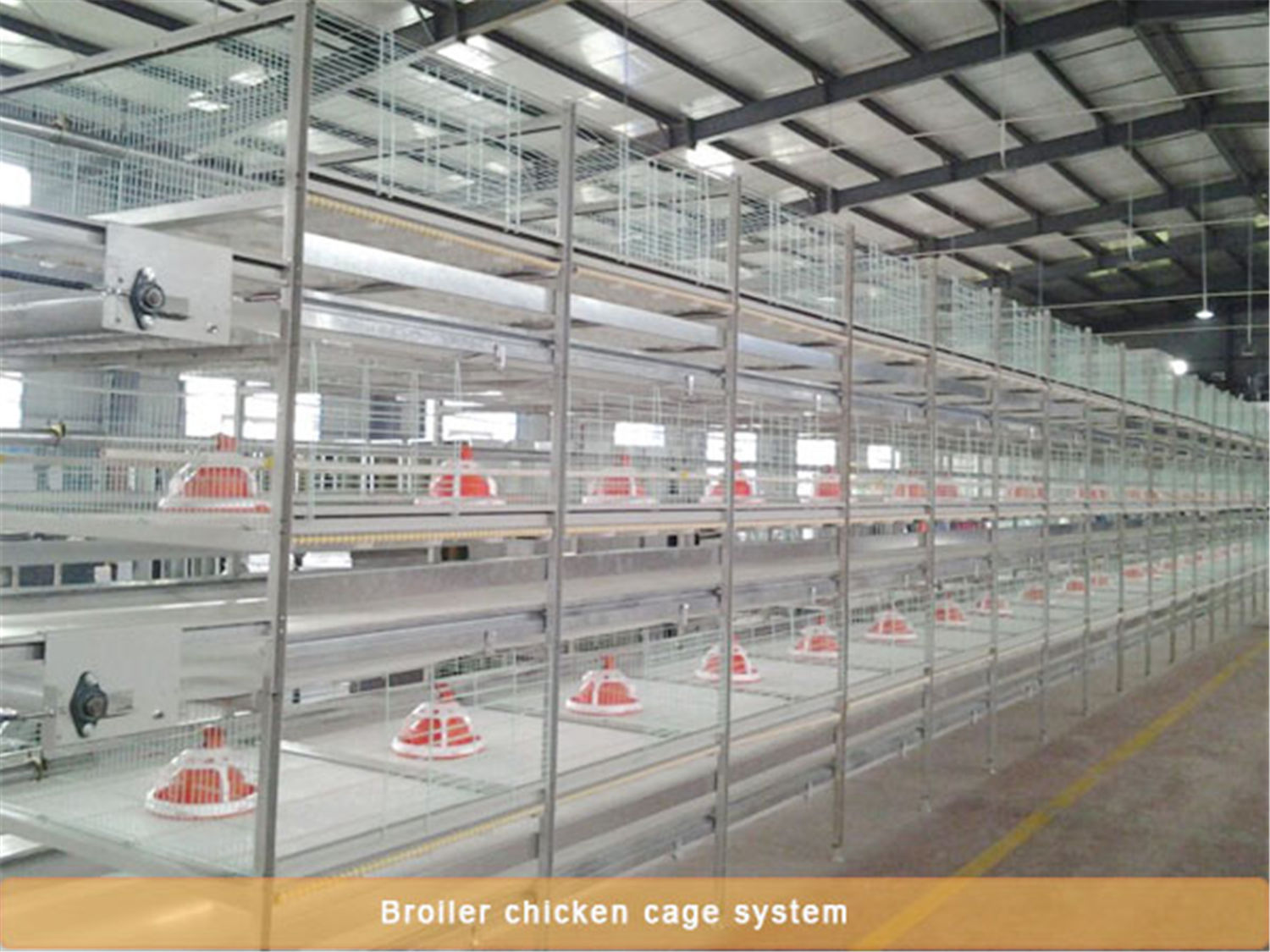Temperature control of chicken houses in different seasons
- font size decrease font size increase font size
The number of chickens is mostly kept in the chicken house. The temperature has a great influence on the chickens. After all, the chickens do not have sweat glands. During the brooding, the chicks are still relatively small and the resistance is very poor. The temperature requirements are relatively high. The suitable temperature guarantees the healthy development of the chicken and the laying of eggs in the later stage. If the temperature is high, the feed intake of the chicken decreases, the feed conversion rate decreases, the weight gain of the broiler slows down, the weight of the egg is reduced, the quality of the eggshell decreases, and the egg lays. The rate is falling and the mortality rate is rising in automatic poultry farming
The low temperature will increase the maintenance of chickens, slow growth, low temperature in winter and excessive temperature fluctuations in the house, which will reduce the resistance of the chickens, lower the eggs, and induce respiratory diseases in the flocks. This shows that the temperature is causing the poultry to appear. Heat stress, the primary environmental factor that affects the health and performance of the flock.

The chicken is a warm-blooded animal, and there is no sweat gland. The body temperature is kept constant by heat production and heat dissipation. In the case of excessive stocking density, the metabolic heat production of the chicken increases with the increase of the growth rate, but the heat dissipation capacity is not improved. The appropriate temperature for the chicken varies with the age of the chicken. Chicks have strict temperature requirements in the first few weeks and keep the house heating. For laying hens, the optimum temperature is 18 °C ~ 23 °C. At suitable temperature, laying hens have high feed utilization rate, strong disease resistance, high egg production rate and high economic benefits.
Low temperature will first increase the maintenance needs of the chicken, increase the meat-to-meat ratio of the broiler, decrease the egg production rate of the breeder, and reduce the resistance of the chicken to the disease. When the temperature of the house is too low in winter, the ventilation required for maintaining the temperature is not guaranteed. It will cause imbalance between temperature and ventilation management, resulting in an increase in the concentration of harmful gases such as ammonia in winter chicken houses. When the temperature difference in the house is large, especially when the outside temperature suddenly changes, heating or ventilation is not very good. Coordination, the temperature fluctuation in the house is too large, and the sudden drop in temperature will cause cold stress, which will cause the respiratory disease of the flock at the same time as the production performance declines in Chicken Breeding Equipment Machinery

